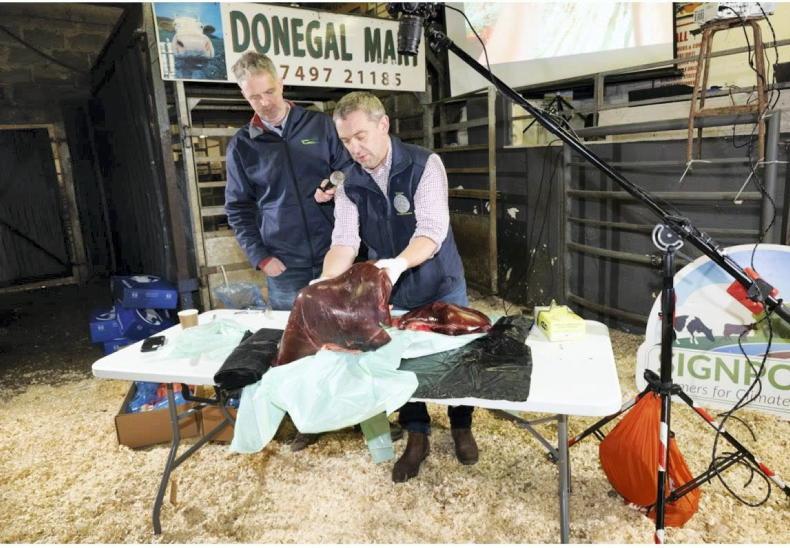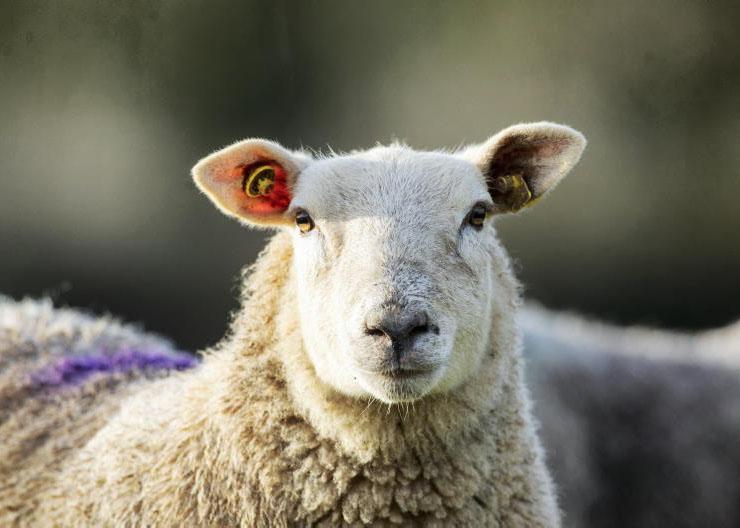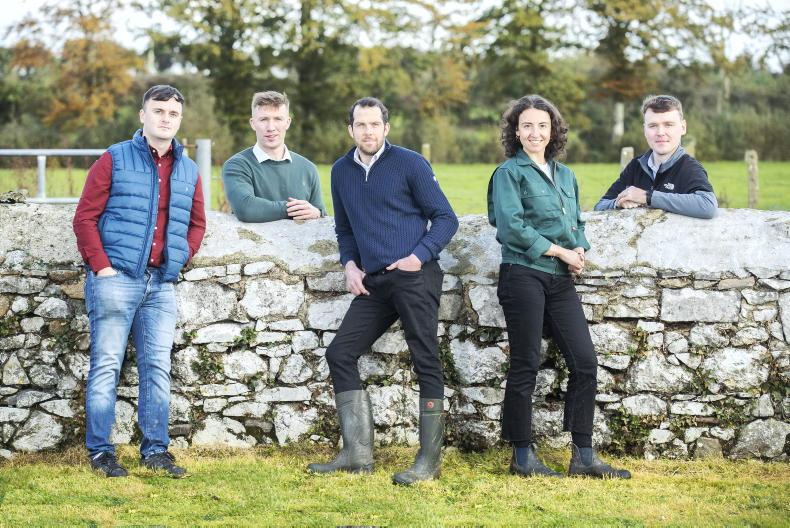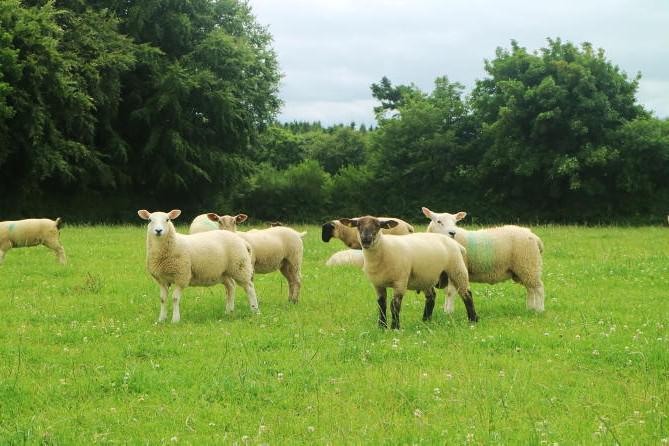Lungworm, or hoose, is on the rise, with springborn calves and autumn weanlings being the animals at most risk.
Mature cattle with a couple of grazing seasons behind them should have developed immunity to lungworm.
However, it is worth keeping an eye on some animals that may be under physical and nutritional stress, such as first-calving heifers.
Worm burden
With warmer temperatures forecast this week, there will be a sharp rise in lungworm burdens on grazing swards.
Young cattle ingest the larvae of these worms as they graze. After ingesting, the larvae migrate from the intestine to the lungs, where they mature, causing tissue damage and inflammation.
The eggs and larvae laid by adult lungworm are then coughed up, swallowed and passed out in dung to start the cycle again.
A heavy infestation causes severe respiratory issues and usually triggers pneumonia in young, vulnerable cattle.
The main symptoms of a lungworm burden is the harsh, barking cough followed by animals losing condition in a short time period.
Herding checks
Therefore, keep a close eye on young calves, weanlings and yearling stores from now until the end of the grazing season.
Aim to treat animals for lungworm in the coming weeks once you notice animals starting to cough, using a product that also covers gut and stomach worms.
Ideally, choose a different wormer to the one used earlier in the year to avoid any chance of resistance building.
If calves have a severe lungworm burden, be careful about which wormer is used. Discuss the options with your vet.
There is a risk that wormers with a rapid kill will also trigger a pneumonia outbreak, as calves have to cough up a massive quantity of dead worms at once.
Read more
Five tips to prepare for autumn calving
All suckler farmers eligible for beef scheme - Minister McConalogue
Lungworm, or hoose, is on the rise, with springborn calves and autumn weanlings being the animals at most risk.
Mature cattle with a couple of grazing seasons behind them should have developed immunity to lungworm.
However, it is worth keeping an eye on some animals that may be under physical and nutritional stress, such as first-calving heifers.
Worm burden
With warmer temperatures forecast this week, there will be a sharp rise in lungworm burdens on grazing swards.
Young cattle ingest the larvae of these worms as they graze. After ingesting, the larvae migrate from the intestine to the lungs, where they mature, causing tissue damage and inflammation.
The eggs and larvae laid by adult lungworm are then coughed up, swallowed and passed out in dung to start the cycle again.
A heavy infestation causes severe respiratory issues and usually triggers pneumonia in young, vulnerable cattle.
The main symptoms of a lungworm burden is the harsh, barking cough followed by animals losing condition in a short time period.
Herding checks
Therefore, keep a close eye on young calves, weanlings and yearling stores from now until the end of the grazing season.
Aim to treat animals for lungworm in the coming weeks once you notice animals starting to cough, using a product that also covers gut and stomach worms.
Ideally, choose a different wormer to the one used earlier in the year to avoid any chance of resistance building.
If calves have a severe lungworm burden, be careful about which wormer is used. Discuss the options with your vet.
There is a risk that wormers with a rapid kill will also trigger a pneumonia outbreak, as calves have to cough up a massive quantity of dead worms at once.
Read more
Five tips to prepare for autumn calving
All suckler farmers eligible for beef scheme - Minister McConalogue










SHARING OPTIONS